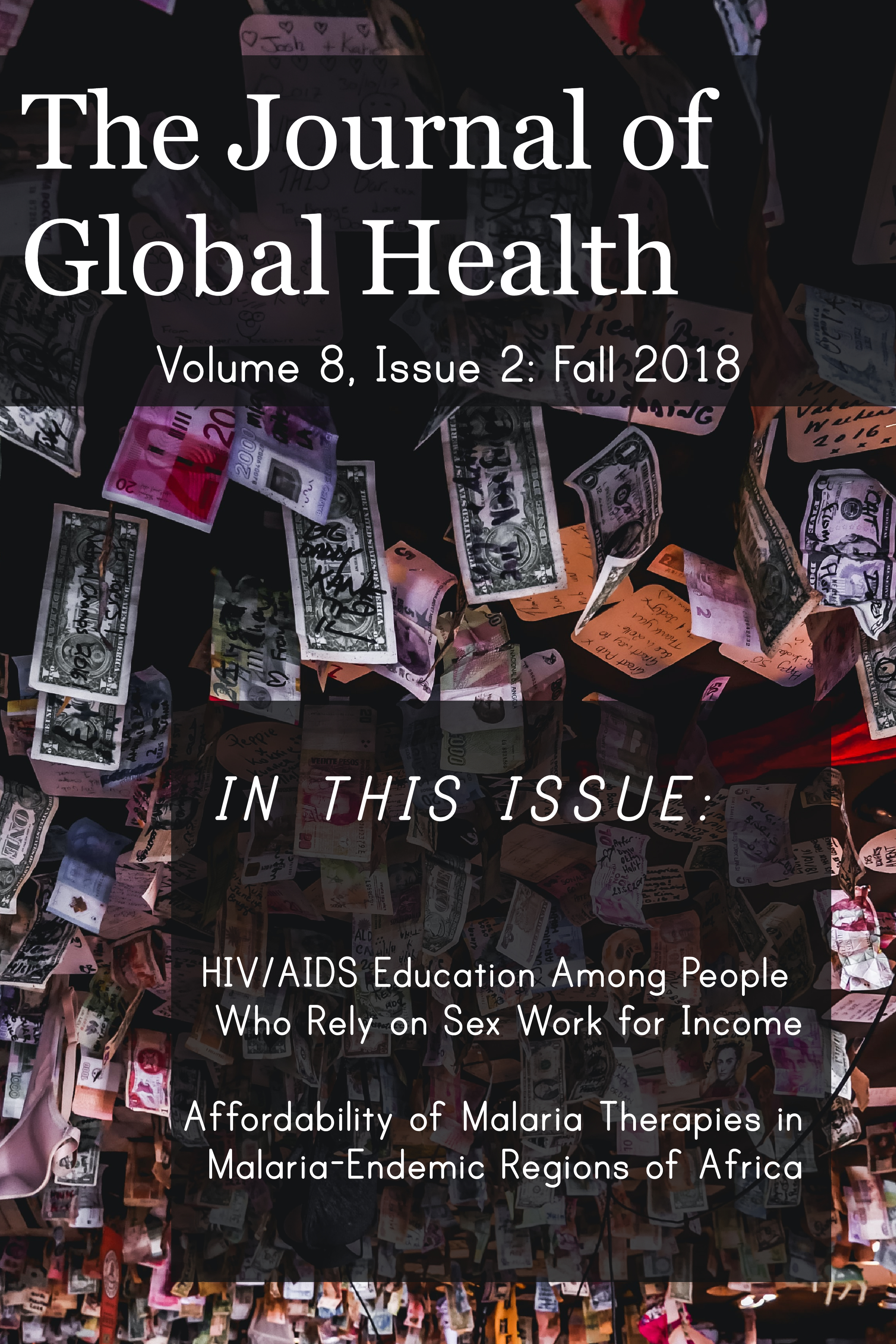Levels of Serum Biomarkers for Risk of Cardiovascular Disease in Patients on Highly Active Antiretroviral Therapy in Homa-Bay County Referral Hospital, Kenya
Main Article Content
Abstract
Abstract
Background: Human Immunodeficiency Virus (HIV) continues to be a major public health problem in both developing and developed nations. With the introduction of highly active antiretroviral therapy (HAART), a decline in morbidity and mortality from HIV has been observed. However, there is some evidence that HAART increases the risk of cardiovascular diseases (CVD) in people living with HIV. To assess this evidence, the levels of serum biomarkers for risk of CVD were measured across different HAART durations among HIV-positive individuals.
Methods: This was a descriptive cross-sectional study conducted at the Homa-Bay County Referral Hospital, Kenya. The study population consisted of male and female HIV-positive individuals on HAART between 18 and 45 years of age. Participants were enrolled into the study after consenting and meeting the recruitment criteria. 120 individuals participated in the study and provided blood samples, which were used in the biochemical analysis. Data was analyzed using descriptive statistics.
Results: The majority of the participants (67.5%) had been on HAART for more than sixty months. Most of the study participants had total cholesterol (TC), low-density lipoprotein cholesterol (LDL-C), high-density lipoprotein (HDL-C), glycated hemoglobin A1c (HbA1c), lipoprotein-associated phospholipase A2 (Lp-PLA2) and myeloperoxidase (MPO) levels within the reference intervals (< 5.18 mmol/L, < 3.37 mmol/L, > 1.0 mmol/L, 21.2 ng/mL – 167, and 21.4 – 229 ng/mL respectively). The proportions that had deranged levels were as follows; 14.2% (TC), 5.8% (LDL-C), 2.5% (HDL-C), 4.2% (HbA1c), 24.2% (Lp-PLA2) and 44.9% (MPO). Most of the participants with deranged levels of serum biomarkers for risk of CVD had been on HAART for more than 60 years.
Conclusion: Our findings demonstrate a high proportion of deranged levels of some serum biomarkers are associated with increased risk of CVD in prolonged HAART. We recommend conducting prospective association studies in this population to assess the linkage between high proportions of the levels of these biomarkers to durations time of HAART.
Article Details

This work is licensed under a Creative Commons Attribution 4.0 International License.

